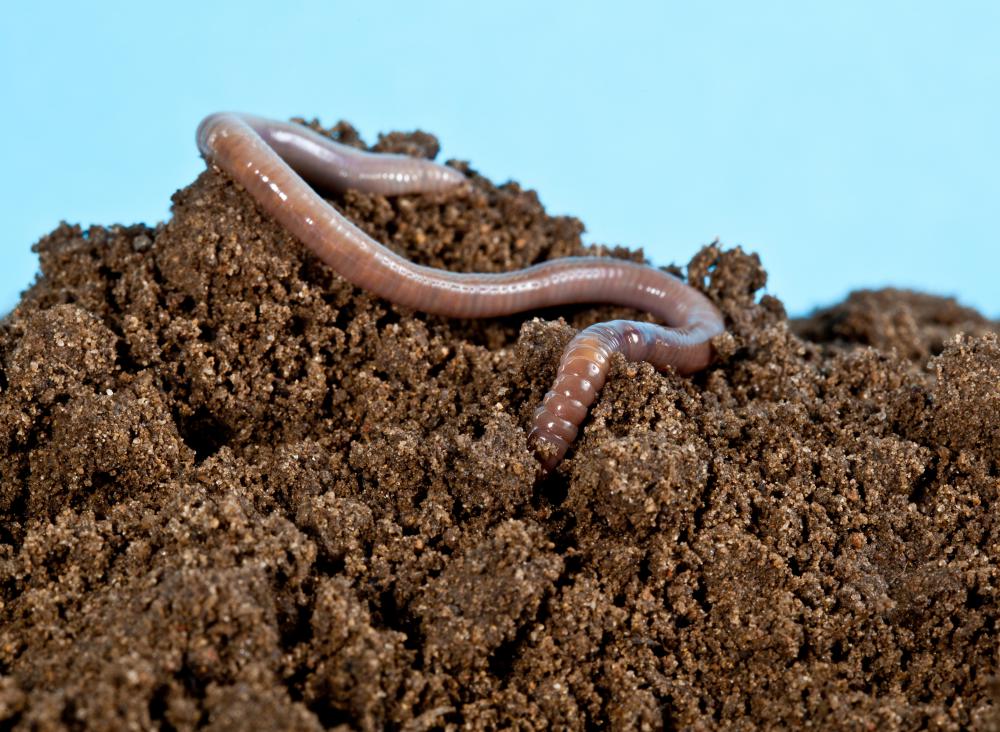At AllThingsNature, we're committed to delivering accurate, trustworthy information. Our expert-authored content is rigorously fact-checked and sourced from credible authorities. Discover how we uphold the highest standards in providing you with reliable knowledge.
What is a Lyre Bird?
The lyre bird is a unique Australian bird which is somewhat famous for its distinctive imitative calls. The term “lyre bird” actually refers to two different avians, the superb lyrebird and the Albert's lyrebird. The extremely shy birds are rarely seen in their natural habitat, although they appear abundantly in logos for Australian businesses and on the Australian 10 cent coin.
The superb lyrebird is found in the forested regions of Victoria and South Wales, where it appears to have been living for around 15 million years, according to fossil evidence. The Albert's lyrebird, a more rare species, is found in a small rainforest region of Queensland. The bird was named for Prince Albert, Queen Victoria's husband. Both birds favor dense forests, and they can be found by following their distinctive songs. In some cases, the only traces of lyre birds may be their sounds and tracks, since the shy birds usually hide from humans.

At first glance, the appearance of a lyre bird is not terribly impressive. Both males and females are around the size of a pheasant, with brown and red plumage. The male, however, has an astounding tail which he can erect in a courtship display. When the tail is fully unfurled, it covers the male's back, almost like a fan. The distinctive shape of the tail does indeed strongly resemble a lyre, with two large border feathers and a network of smaller feathers which look like strings.
The birds are rather ungainly fliers, typically choosing to run from predators or threats. Lyre birds scratch in the leaf litter on the ground in search of grubs, bugs, earthworms, and seeds to eat, and the females nest close to the ground, laying a single egg. They are also single parents; the male lyre bird typically has several mates, and leaves them to their own devices when it comes to raising young.
The courtship display of the male lyre bird is quite distinctive and by all accounts rather amazing. First, the male birds clear a section of forest floor, stamping out a small mound to act as a stage. Then, the males fan out their tails and start singing. The birds are amazing imitators, capable of perfectly mimicking the calls of a number of bird species. They can also reproduce human-made sounds such as car alarms, flutes, camera shutters, and chain saws, weaving the sounds into a performance which can last an hour or more.
Frequently Asked Questions
What is a lyrebird and where can it be found?
A lyrebird is a ground-dwelling Australian bird, renowned for its exceptional ability to mimic natural and artificial sounds from its environment. There are two species: the superb lyrebird and the Albert's lyrebird. They are typically found in the rainforests of eastern Australia, with the superb lyrebird inhabiting more southerly regions than the Albert's.
Why is the lyrebird called 'lyrebird'?
The lyrebird is named for the male superb lyrebird's tail, which, when fanned out during courtship displays, resembles the shape of a lyre – an ancient stringed musical instrument. This distinctive tail, combined with their extraordinary vocal abilities, makes the lyrebird a unique and fascinating species.
What makes the lyrebird's mimicking ability so special?
Lyrebirds possess an intricate syrinx that allows them to mimic an astonishing variety of sounds, from other bird calls to mechanical noises like camera shutters and chainsaws. Their mimicry is so precise that they can deceive even other bird species. This ability is not just for show; it plays a crucial role in their mating rituals and territorial defense.
How does the lyrebird's mating display work?
During the mating season, male lyrebirds construct a display platform, usually a mound of earth. They then perform a complex dance routine while spreading their magnificent tail feathers into the shape of a lyre. Accompanying this visual spectacle is a concert of mimicked sounds, designed to attract females and demonstrate the male's fitness as a mate.
What is the conservation status of lyrebirds?
As of my knowledge cutoff in 2023, the superb lyrebird is listed as 'Least Concern' by the IUCN Red List, indicating a stable population. However, the Albert's lyrebird has a more restricted range and is considered 'Near Threatened'. Habitat destruction and fragmentation are the primary threats to their survival.
Can lyrebirds mimic human-made sounds, and how accurate are they?
Yes, lyrebirds can mimic human-made sounds with remarkable accuracy. They have been recorded imitating chainsaws, car alarms, camera shutters, and even human voices. Their mimicry is so accurate that it can sometimes be challenging to distinguish the copied sound from the original source, showcasing the complexity of their vocal abilities.
AS FEATURED ON:
AS FEATURED ON:











Discuss this Article
Post your comments